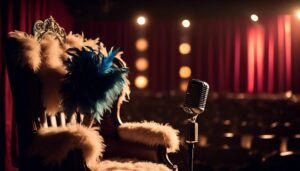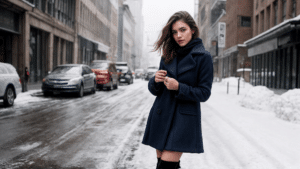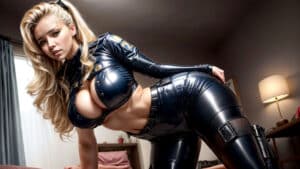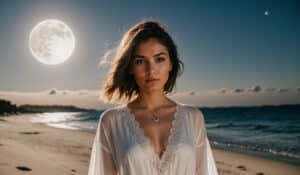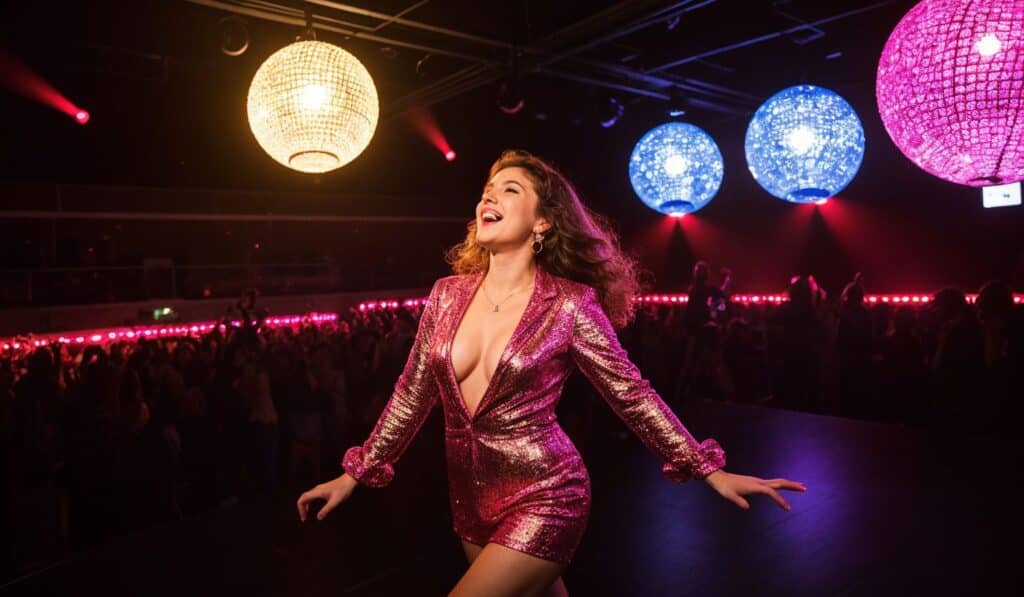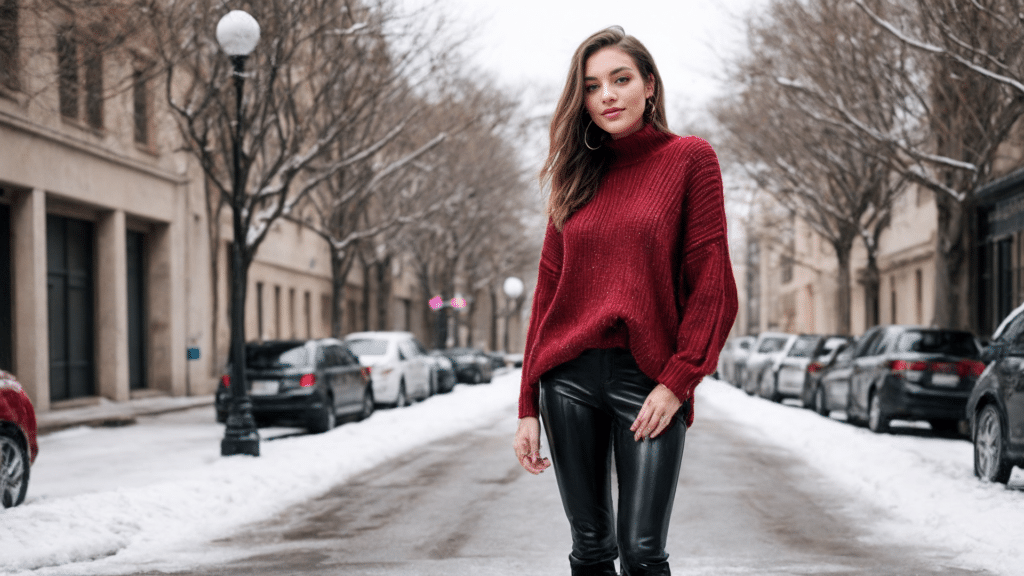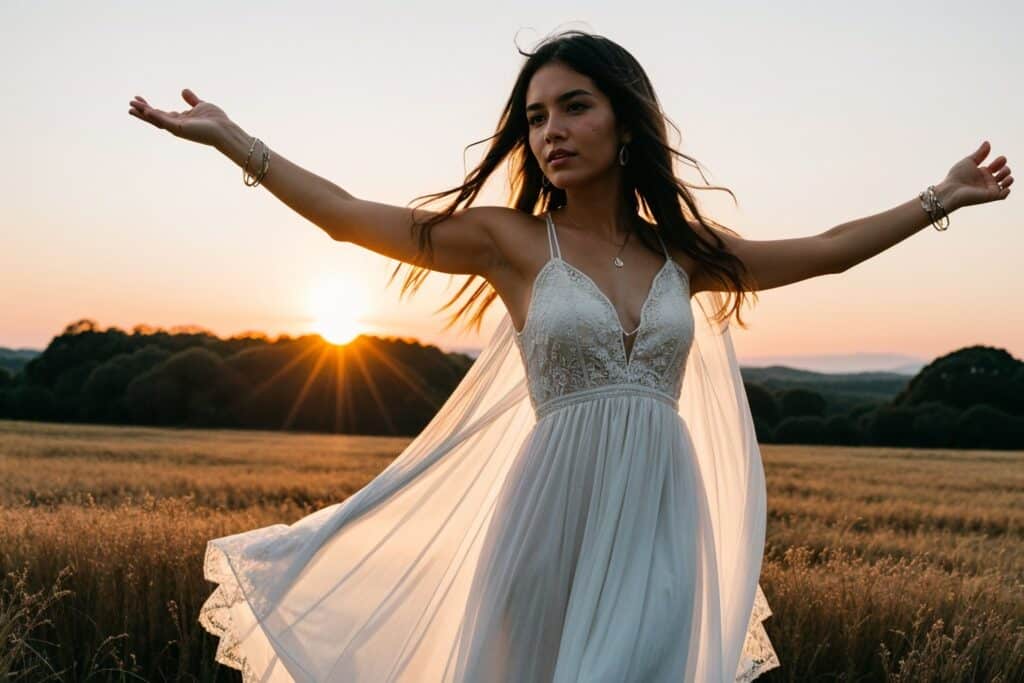Ah, the mesmerizing world of fashion! Join me as we embark on a captivating journey through time, exploring the exquisite evolution of romantic fashion. From the gracefulness of flowing gowns to the delicate charm of lace and ruffles, this article takes a closer look at the enchanting styles that have adorned women throughout the ages. With a focus on the essence of romance, we’ll delve into the fascinating details of how these trends have transformed from generation to generation, unveiling the timeless allure that continues to captivate hearts today. Prepare to be swept away by the irresistible charm of the ever-evolving world of romantic fashion.
The Romantic Era
Historical context
The Romantic Era, also known as the Romantic period, was a time of great revolutionary change in the late 18th and early 19th centuries. It was a response to the rationality and strict rules of the previous neoclassical era. This period was marked by a focus on emotions, individualism, and the expression of one’s imagination. It was a time when artists and writers sought to break free from societal constraints and explore the depths of human emotions.
Characteristics of Romantic fashion
Romantic fashion reflected the ideals of the era, with its emphasis on individuality, self-expression, and emotionalism. The fashion of this period was characterized by soft, flowing lines, delicate fabrics, and rich colors. It celebrated femininity and the beauty of the natural world. Romantic fashion was all about creating a sense of fantasy, of transporting oneself to a dreamy, ethereal realm.
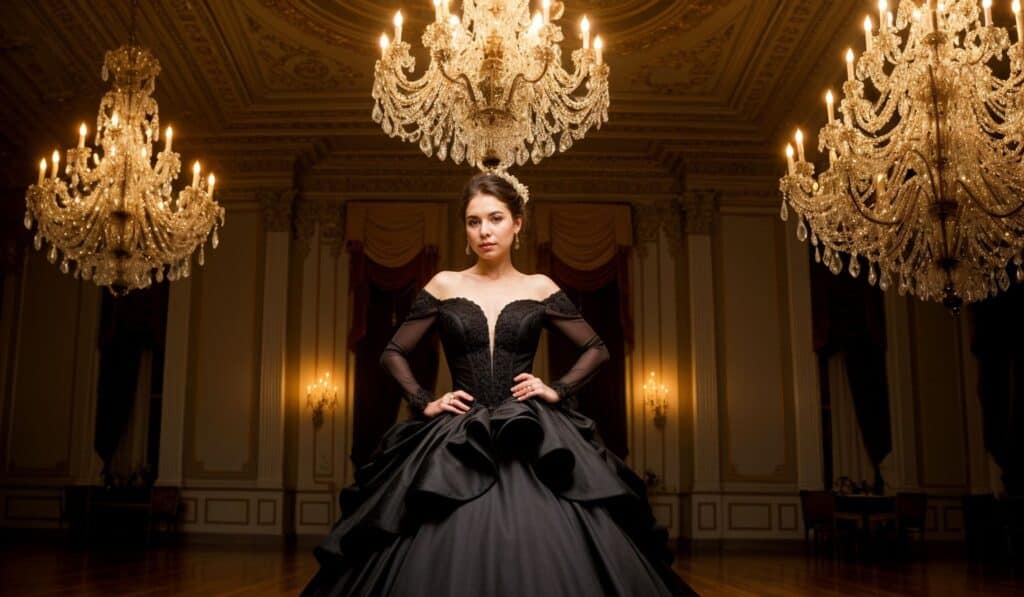
Factors Influencing Romantic Fashion
Literature and art
Literature and art played a pivotal role in influencing romantic fashion. Romantic writers like Lord Byron and William Wordsworth celebrated nature and the emotional experience of the individual. Their works inspired the fashion of the time, with flowing garments representing the freedom and harmony found in the natural world. Painters such as J.M.W. Turner and Caspar David Friedrich also depicted romantic landscapes, further fueling the desire for nature-inspired fashion. Theese and many more is a big part of the Evolution of Romantic Fashion
Royal influences
Royalty played a significant role in shaping romantic fashion. Queen Victoria, one of the greatest fashion icons of the era, popularized the white wedding dress, which has since become a symbol of romance. Her influence extended beyond the wedding dress, as she often favored romantic styles characterized by voluminous skirts, intricate lace, and soft colors. Her fashion choices set the standard for women of the time and beyond.
Industrial revolution
The industrial revolution brought about significant changes in the production of textiles and clothing, allowing for a wider variety of fabrics and faster production. This led to accessibility and affordability, making romantic fashion more accessible to a broader range of people. The use of new machinery also allowed for intricate detailing and delicate embellishments, further enhancing the romantic aesthetic.
Key Elements of Romantic Fashion
Silhouette
The silhouette of romantic fashion was characterized by a focus on the waistline, with an emphasis on creating an hourglass figure. The most prominent silhouette of the early romantic era was the empire waistline, which featured a high waistline just below the bust, creating a long, flowing skirt. This feminine silhouette accentuated the natural curves of a woman’s body and was a stark departure from the rigid corsets of the previous era.
Fabrics and colors
Romantic fashion embraced soft, delicate fabrics that added a sense of ethereal beauty to the garments. Muslin, silk, and lace were commonly used, creating a dreamy and flowing aesthetic. The colors of romantic fashion were often inspired by nature, with soft pastels and earthy tones dominating the palette. Shades of white, cream, blush pink, and pale blue were particularly popular, evoking a sense of innocence and purity.
Accessories
Accessories played a crucial role in enhancing the romantic look. Delicate gloves, lace parasols, and fan-shaped bonnets were fashionable choices for women. Jewelry was often inspired by nature, with motifs such as flowers, leaves, and birds commonly seen. Ribbons, bows, and sashes were used to add feminine touches and accentuate the waistline.
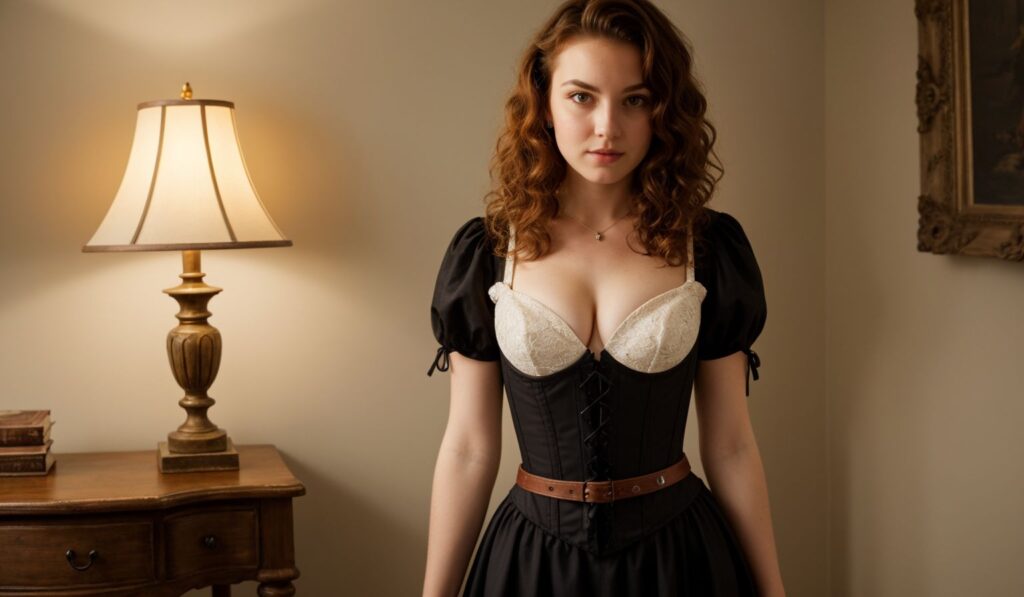
Early Romantic Fashion Trends
Empire waistline
The empire waistline was one of the defining trends of early romantic fashion. Inspired by Greek and Roman fashion, this waistline sat high on the torso, just below the bust, creating a long, flowing skirt that emphasized a woman’s natural curves. The empire waistline was not only fashionable but also comfortable, allowing for greater freedom of movement and a sense of ease.
Flowing sleeves
Flowing sleeves were another hallmark of early romantic fashion. Often made of lightweight materials such as silk or muslin, these sleeves added an element of drama and elegance to a woman’s ensemble. Sleeves were often adorned with lace, embroidery, or ruffles, further accentuating the femininity and romance of the overall look.
High collars
High collars became increasingly popular during the early romantic era. These collars, often made of lace or ruffles, framed a woman’s face and added a touch of sophistication to her attire. High collars were seen as a symbol of modesty and grace, reflecting the values of the era.
Mid-19th Century Fashion
Full crinoline skirts
In the mid-19th century, the silhouette of romantic fashion underwent a dramatic change with the introduction of the full crinoline skirt. This skirt, supported by a hoop or cage-like structure, created a voluminous, bell-shaped silhouette. It allowed for greater movement and was often adorned with intricate embellishments, such as lace or ribbon. The crinoline skirt became synonymous with grandeur and femininity during this period.
Bustle silhouette
Following the decline of the crinoline skirt, the bustle silhouette gained popularity in the late 19th century. The bustle was a padded undergarment or framework that extended the back of a woman’s skirt, creating a distinct hourglass shape. The bustle silhouette emphasized the curves of a woman’s hips and accentuated the delicacy and femininity of her figure.
Romantic-inspired details
During the mid-19th century, fashion designers incorporated romantic-inspired details into their designs. Delicate lace trimmings, floral embroideries, and intricate drapery were all prominent features of dresses during this time. The aim was to create a sense of luxury and elegance, evoking the beauty and opulence often associated with the romantic era.
Late Romantic Fashion Innovations
Princess-line silhouette
In the late romantic era, the princess-line silhouette emerged as a popular trend. This silhouette featured a fitted bodice that extended seamlessly into a long, flowing skirt, without any visible waistline. The princess-line silhouette created an elongated, slimming effect and emphasized the natural grace and elegance of a woman’s figure.
Bust enhancement
During the late romantic era, there was a growing focus on enhancing the bustline. Women sought to achieve a more prominent bosom, often through the use of corsets or specialized padding. Necklines were designed to showcase a woman’s cleavage, creating a sense of sensuality and allure. This emphasis on the bustline reflected the changing social attitudes towards female beauty and femininity.
Victorian mourning attire
The late romantic era also saw the rise of Victorian mourning attire. After the death of her beloved husband, Queen Victoria mourned for an extended period, and her mourning attire set the trend for the rest of society. Black clothing, often made of heavy materials such as velvet or silk, became the norm for those in mourning. The romantic aesthetic of the era was adapted to create somber yet elegant ensembles, featuring lace trims and subtle embellishments.
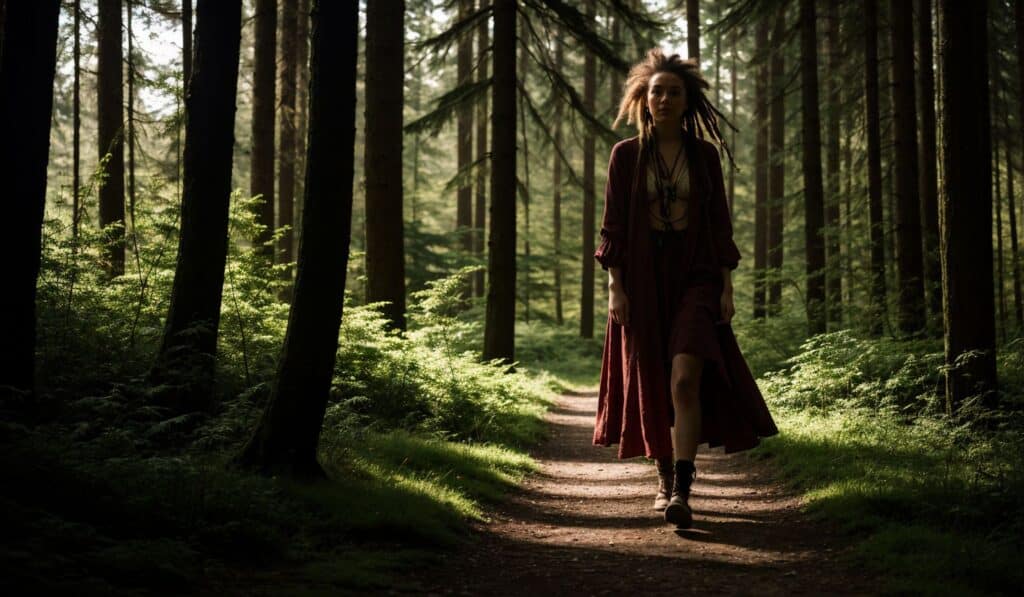
Romantic Fashion Icons
Queen Victoria
Queen Victoria, reigning from 1837 to 1901, left an indelible mark on the fashion of the romantic era. Her personal style, characterized by voluminous skirts, lace, and delicate accessories, became the epitome of romantic fashion. Her influence extended far beyond her lifetime, as the white wedding dress she popularized continues to inspire brides to this day.
Eugénie de Montijo
Empress Eugénie de Montijo, the wife of Napoleon III, was another significant fashion icon of the romantic era. Known for her impeccable style, she often wore garments that featured opulent fabrics, intricate details, and elaborate accessories. Her fashion choices were admired and imitated by women of the time, solidifying her position as a trendsetter.
Jane Austen
While primarily known as a literary figure, Jane Austen also had an impact on romantic fashion through her portrayal of women and their clothing in her novels. Her heroines often donned romantic-inspired gowns, with delicate fabrics, empire waistlines, and beautiful embellishments. Austen’s descriptions of fashion played a role in shaping contemporary perceptions of romantic aesthetics.
Revival of Romantic Fashion
Neo-Romanticism in the 1960s
The 1960s witnessed a revival of romantic fashion, referred to as neo-romanticism. This movement drew inspiration from the romantic styles of the past and reintroduced elements such as flowing fabrics, ruffles, and lace. Designers like Ossie Clark and Bill Gibb embraced the romantic aesthetic, creating garments that celebrated femininity and self-expression.
Boho-chic trend
In the 2000s, the boho-chic trend brought a modern interpretation to romantic fashion. Drawing inspiration from the bohemian lifestyle, boho-chic fashion combined elements of romanticism with a laid-back, free-spirited vibe. Long, flowing dresses, floral prints, and natural fabrics became fashionable choices for those seeking a whimsical and romantic look.
Modern interpretations
Today, romantic fashion continues to be reimagined by designers and embraced by individuals seeking a touch of fantasy and feminine allure. Modern interpretations of romantic fashion can be seen in the use of soft, flowing fabrics, delicate embroideries, and ethereal color palettes. Fashion brands like Zimmermann and Giambattista Valli embrace these romantic elements, keeping the spirit of the romantic era alive in contemporary fashion. Bringing the Evolution of Romantic Fashion even further.
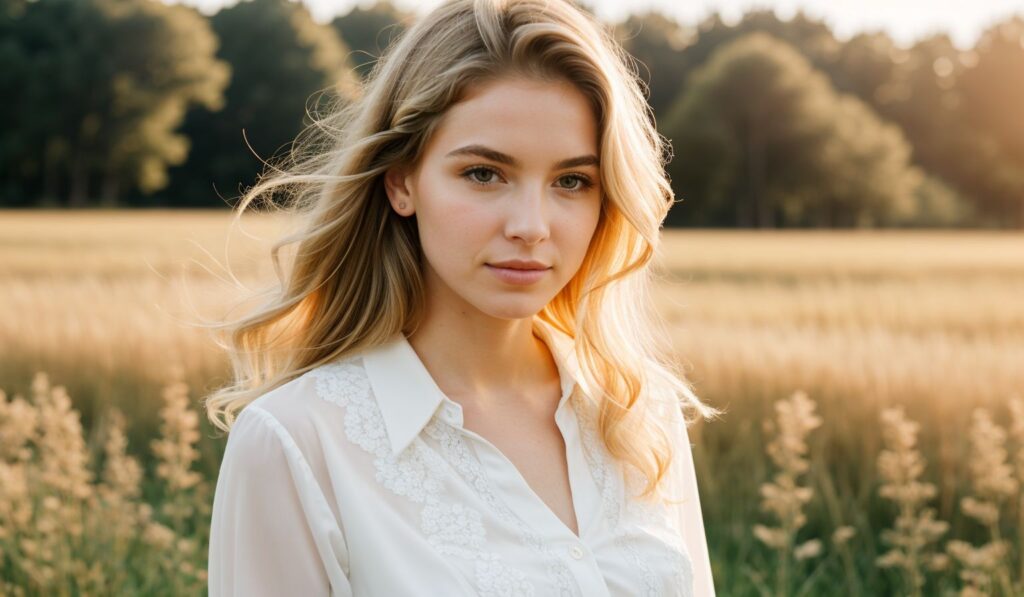
Evolution of Romantic Fashion in Contemporary Fashion
Romantic-inspired bridal gowns
The influence of romantic fashion is particularly evident in the world of bridal gowns. Many brides still opt for white or soft-colored dresses that evoke the romance and purity associated with the Victorian era. Lace, tulle, and intricately designed bodices are popular choices, adding a touch of timeless elegance to modern wedding attire.
Romanticism in haute couture
Haute couture often embraces romantic influences, with designers showcasing whimsical and ethereal creations on the runway. Elie Saab, Valentino, and Alexander McQueen are renowned for their romantic designs, featuring intricate details, delicate fabrics, and breathtaking silhouettes. These designers showcase the enduring appeal of romantic fashion in the highest echelons of the fashion world.
Fashion-forward romanticism
Romantic fashion has also made its mark in contemporary ready-to-wear collections. High street brands and online retailers offer an array of options that incorporate romantic elements into everyday attire. From flowing maxi dresses to lace-trimmed blouses, fashion-forward romanticism allows individuals to embrace their romantic side in their everyday style.
Evolution of Romantic Fashion in Popular Culture
Film and television
Romantic fashion has played a significant role in films and television shows set in the past or inspired by romantic aesthetics. Period dramas like “Pride and Prejudice” and “Jane Eyre” showcase the fashion of the romantic era, while modern films like “The Great Gatsby” and “Phantom Thread” draw inspiration from romantic fashion in their costume designs, creating a visual feast for the audience.
Music and subcultures
Romantic fashion has also permeated various music and subcultural movements. From the ethereal and whimsical style of the indie folk genre to the gothic romance of the Victorian-inspired goth subculture, the influence of romantic fashion can be seen in the wardrobe choices of musicians and subculture enthusiasts alike.
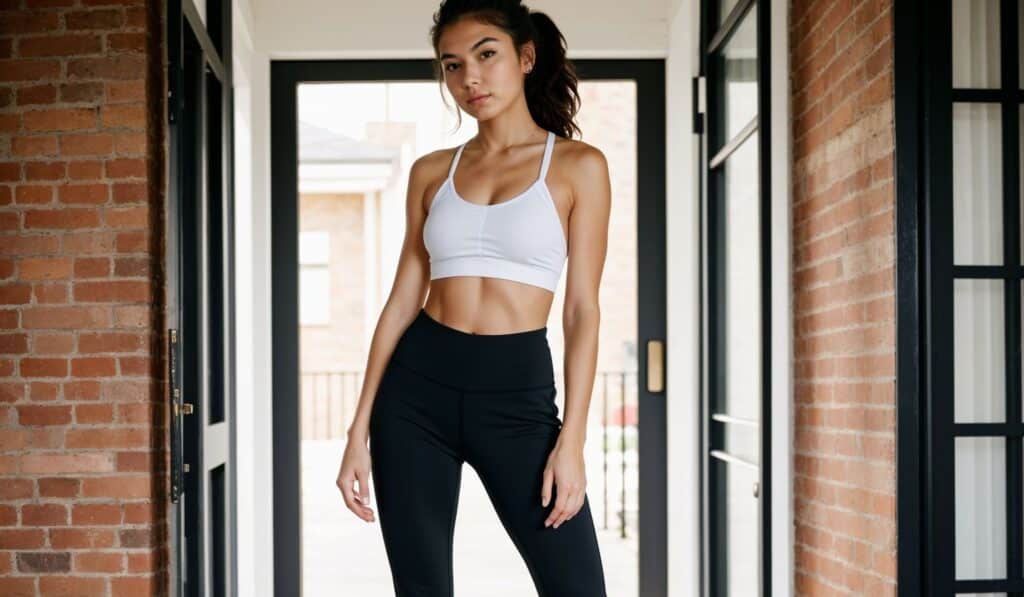
Celebrity red carpet moments
Romantic fashion continues to make a statement on the red carpet, as celebrities embrace its feminine and dreamy allure. From voluminous ball gowns to delicate lace dresses, celebrities like Blake Lively, Cate Blanchett, and Lupita Nyong’o have all been spotted wearing romantic-inspired ensembles, showcasing the enduring influence of this fashion movement.
In conclusion, the evolution of romantic fashion has been marked by its emphasis on individuality, femininity, and self-expression. From the soft lines and delicate fabrics of the early romantic era to the grandeur and opulence of the Victorian period, romantic fashion has retained its allure throughout the ages. Its influence can be seen in contemporary fashion, from bridal gowns to haute couture, as well as in popular culture through film, music, and celebrity fashion choices. The romantic era may be in the past, but its fashion legacy continues to captivate and inspire.

